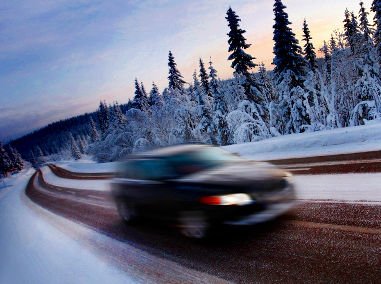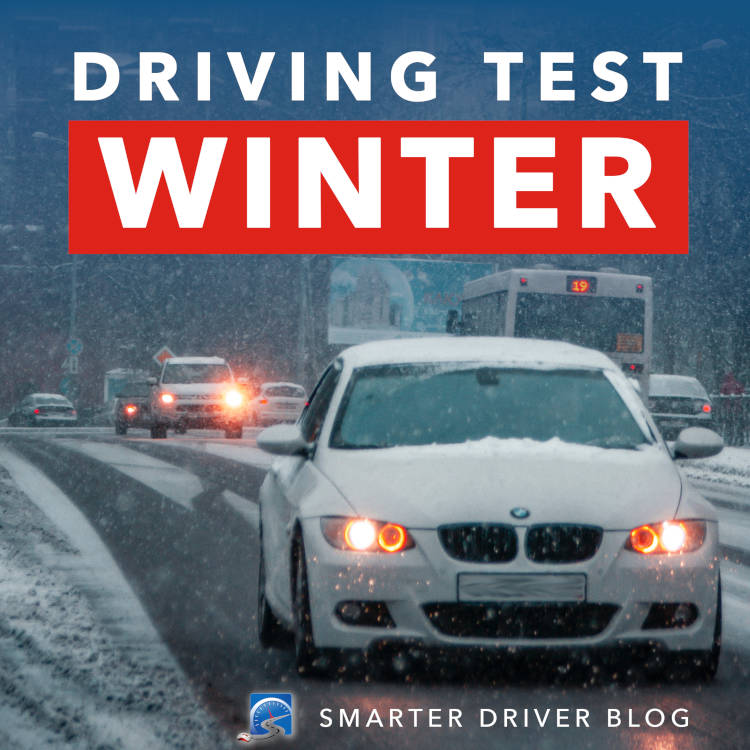 There are many excellent reasons why you should take your driver's test in the winter time.
There are many excellent reasons why you should take your driver's test in the winter time.
I know...I know - you've listened to all the negative rhetoric.
All the negative nellies that say:
"IF YOU DRIVE IN THE WINTER, YOU WILL DIE....YOU WILL DIE!"
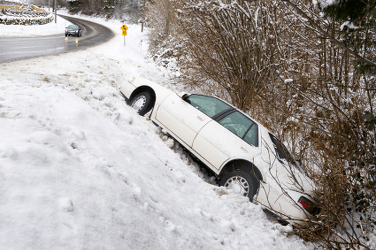
And of course, that is substatiated with media reports that sound something like the following:
Gale force winds, snowing, and -20°F wind chill.
Snowfall accumulation is more than 8 inches in the last 24 hours.
And it continues to snow radio fans.
Authorities recommend that all children stay home, drink hot chocolate, eat candy in front of the fireplace, and watch cartoons.
And that last bits a direct quote from the press release.
Cars are piled up in the ditch along the I94 between Minneapolis and Chicago.
The mid-west is a veritable blizzard mixed with hurricane force winds.
Thanks to the weather channel showing you every major storm globally, this is what most think when they envision winter driving conditions.
Contratry to popular imagination...most of the time, in fact, winter roads are just fine to take and pass your driver's test.
Don't delay!
Get your driver's license this winter.
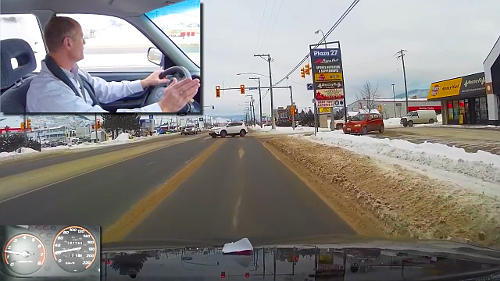
Reasons Why You Must Take Your Test in the Winter
• First, driving in the winter is NOT harder because most of the goofy drivers stay home.
• As do the motorcycle riders, bicycle riders, and many pedestrians - stay home with the goofy drivers that is.
• 90% of the time the roads are clear and provide good traction.
• Most cars now are front-, all-, or 4-wheel drive providing great control.
Keep in mind that even though modern cars have better traction and can get going, they still have the same brakes and limitations on stopping as their ancestors.
Be sure that the vehicle you're using to learn to drive in is fitted with quality tires.
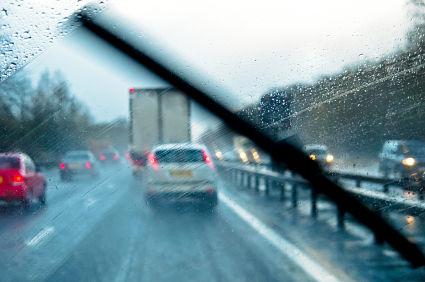
If the weather is bad and the roads are snow covered, it's likely that the test centre will postpone the driving test until the roads are clear.
• It's easier to get a driver's license test date during this time of year.
• The test is easier because the road markings are covered.
You just have to stop behind the sidewalk or snowbank at 2-Way STOP signs.
You don't have to know the 3 different stopping positions at STOP signed intersections.
Then, creep forward until you can see and when the way is clear proceed.
• When parallel parking or parking along a curb, you just have to get in behind the car in front.
You don't have to be 6-18" from the curb, as you would in the summer.
Driving examiners—for whatever reason—don't want to push your car out of the snowbank.

• In parking lots—because almost every driving test requires that you back into a parking spot—you only have to park in beside another vehicle.
You don't have to park between the lines as you would have to do in the summer.
• Hill parking is always with the steer tires towards the curb because the curb is buried under snow.
Although snow banks can be formidable, these can't be relied upon to hold the vehicle in place in the event that the parking brake and transmission fail.
• Driving examiners are more relaxed because they don't have as many tests in a day as they do in the summer.
• Most driving examiners will give you "kudos" for taking your test in the winter.
Because you're taking a winter driving test—for the most part—the examiner will be a bit more lenient.
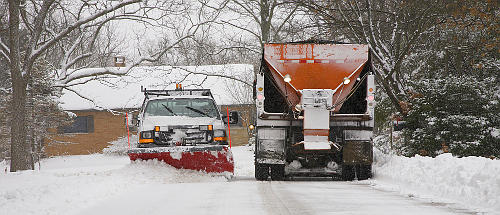
Tips to Pass Your Driver's Test in the Winter
• Use a vehicle with good quality tires.
If your family's vehicle doesn't have good quality tires, consider hiring a driving school vehicle.
• Do a pre-trip inspection on the vehicle before heading down to the test centre.
Yes, even if it’s the driving school car, ask the instructor if she did a pre-trip inspection.
CLICK TO Get the pre-trip inspection checklist here.
• Know how to turn on the headlights (high/low beams), the defrost and the windshield wipers.
Know how to work the heater controls.
Keeping the driving examiner toasty warm on those cold days is another perk to passing.
• Also, know how to turn on the rear-window defrost.

• Clean ALL the snow off the entire vehicle before heading down to the test centre.
• Check that the windshield washer fluid is topped up with winter fluid to keep the glass clear.
• Take note of how to clean your windshield with spray.
• Do the windshield wipers need to be replaced?
If so, replace the wiper blades before heading down for your driver's test.
At many auto parts stores, the staff will install the wiper blades with the purchase.
• Take off bulky coats and sweaters for the driving test.
• Wear comfortable shoes that give you good contact with the brake and accelerator.
• Brake early and creep up to where you actually want to stop.
• Brake before the turn, get to the required speed, release the brake and then turn.
• On slippery roads braking and turning must be separate driving actions.

The farther you get away from main roads, the more snow there's going to be on the roadway.
• When away from main roads, brake before the intersection and then creep up to it.
Know that intersections will be slippery when these haven't been plowed, sanded or salted.
• When arriving at the test centre, back into the parking space, unless signs prevent you from backing in.
Good luck on your driver's test.
And remember, pick the best answer, not necessarily the right answer.


